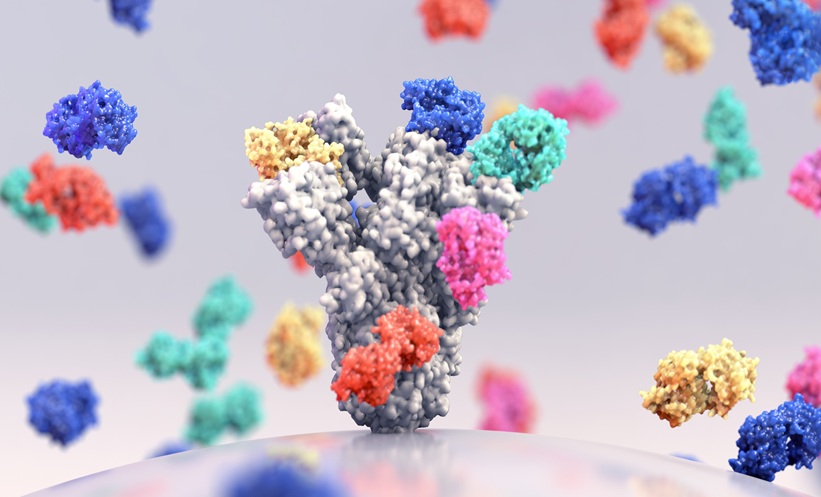IN A RECENT study, researchers investigated the combination of lenacapavir and broadly neutralising antibodies (bNAbs), teropavimab and zinlirvimab, in people living with HIV-1. The trial enrolled participants who were already virologically suppressed and whose virus was susceptible to one or both bNAbs. The study aimed to evaluate virologic suppression and resistance emergence through Week 26.
Resistance and Virologic Rebound Analysis
Baseline genotypic and phenotypic testing of proviral gag and envelope DNA ensured participants met susceptibility criteria. Post-baseline analyses were performed for any virologic failure, with additional exploratory testing for those who experienced rebound. For participants with low-level viraemia (HIV-1 RNA 50–999 copies/mL), standard genotyping was not feasible, prompting the use of low copy number methods to assess capsid and gp120 sequences. Phenotypic susceptibility to lenacapavir and bNAbs was subsequently evaluated.
Out of 30 participants, only one in the primary cohort experienced virologic failure by Week 26. This individual showed a Q67H mutation in capsid, resulting in a lenacapavir fold-change of 4.7, yet maintained susceptibility to both bNAbs and resuppressed on oral antiretrovirals. Two participants in the pilot cohort, each susceptible to only one bNAb at baseline, experienced virologic rebound at Week 26 with low-level HIV-1 RNA. Neither showed emergent lenacapavir resistance or altered bNAb susceptibility, and both resumed oral antiretroviral therapy per protocol.
Implications for Future HIV Treatment
These findings highlight that lenacapavir and bNAbs can maintain high rates of virologic suppression while presenting a low risk of resistance. Importantly, no resistance to teropavimab or zinlirvimab emerged during the study. The low incidence of lenacapavir resistance and robust suppression support further investigation of this combination in Phase 2 trials, offering a promising strategy for durable HIV management.
The study reinforces the potential of lenacapavir and bNAbs as a treatment option that could simplify therapy while maintaining viral control. By carefully monitoring resistance and rebound, researchers can ensure patient safety and inform future regimens that combine long-acting antivirals with neutralising antibodies for sustained HIV suppression.
Reference
Selzer L et al. Resistance analysis of low-level virologic rebound during HIV-1 treatment with lenacapavir and broadly neutralizing antibodies teropavimab and zinlirvimab. J Infect Dis. 2025;jiaf559.








